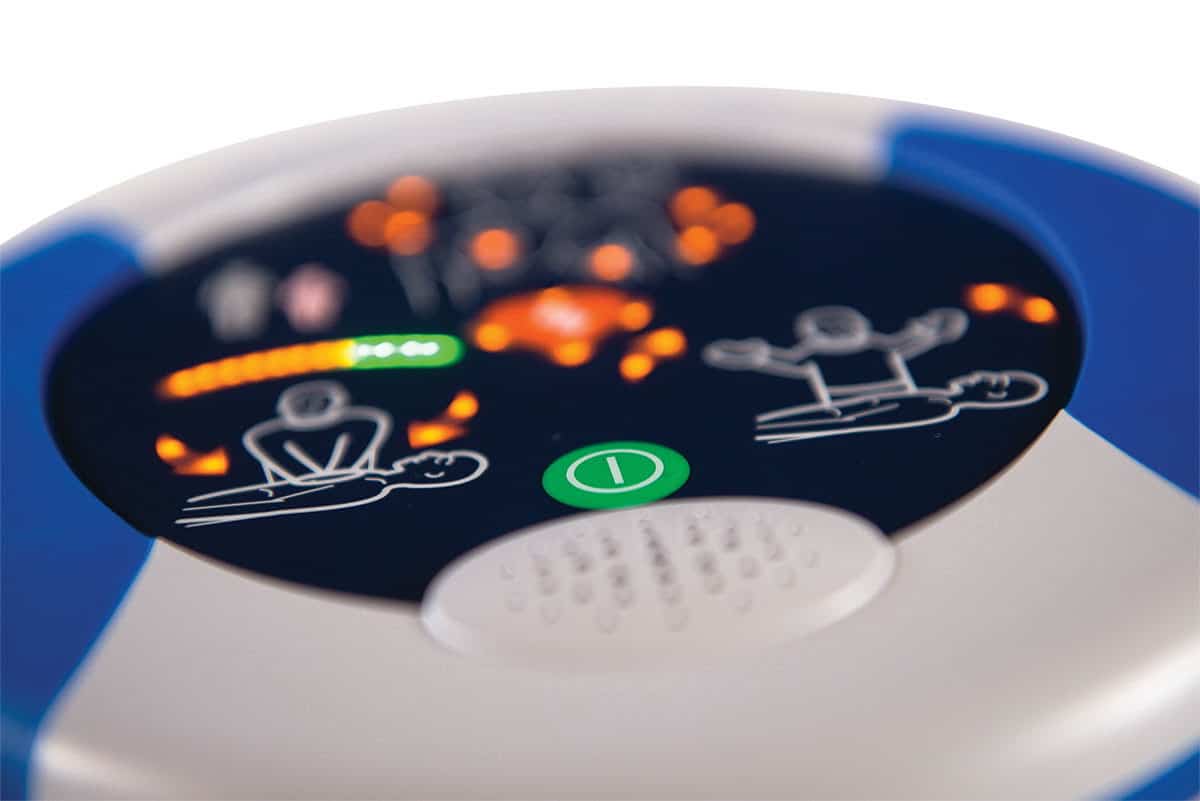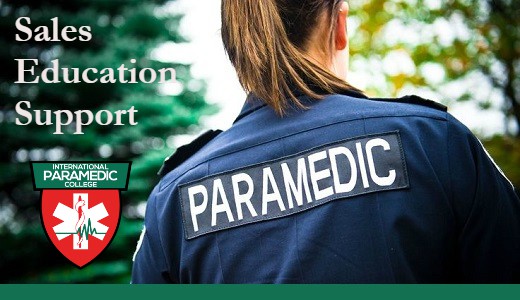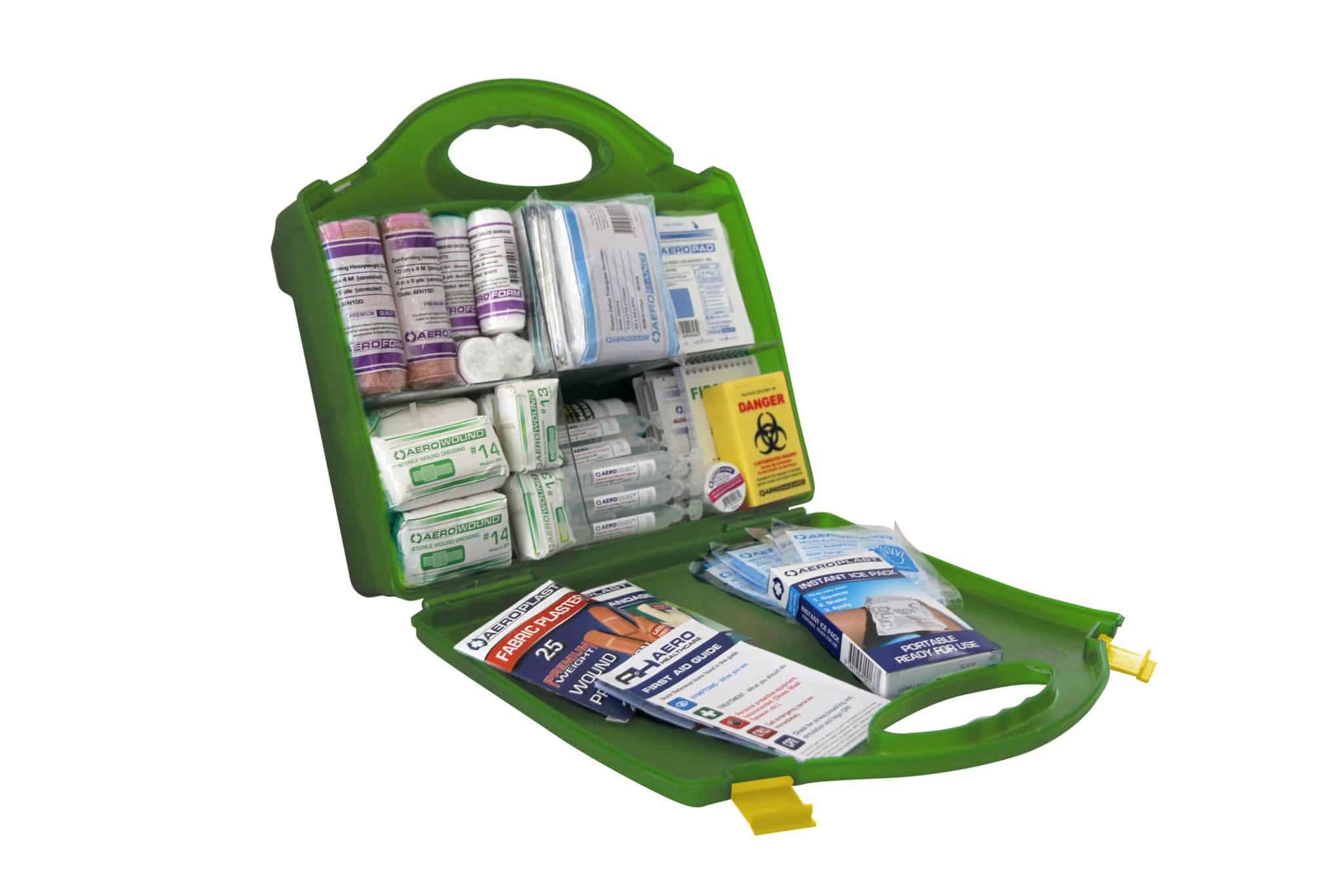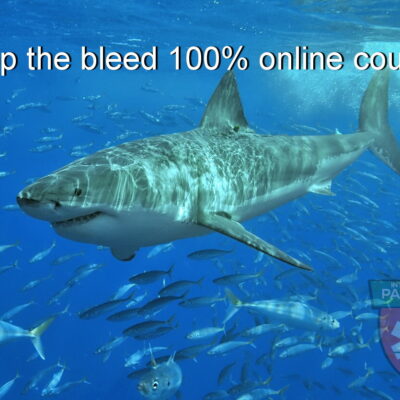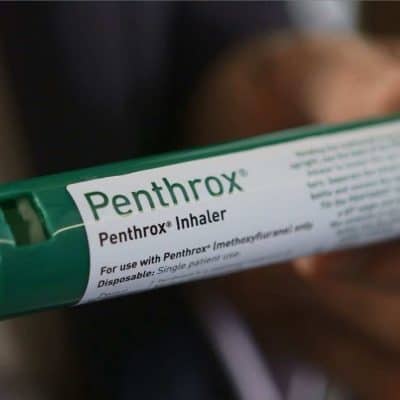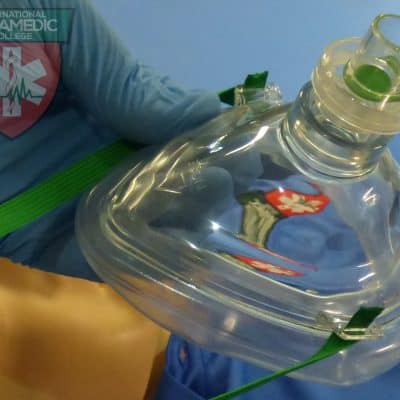
Pain Management Training Courses
Pain management training courses like PUAEME008 Provide pain management offer students a chance to learn about pain assessment and how to manage it with some simple analgesic drugs that are simple to use by medics and first aid responders.
Penthrox, Methoxyflurane or as it is often referred to as the “green whistle” is an analgesic or pain-relieving device used by medical practitioners, the defence forces, ambulance paramedics, sports clubs and surf lifesavers, first responders and medics and EMT’s to administer emergency pain relief in a pre-hospital situation. It is popular in remote first aid locations like mine sites and the remote mining areas because it is a simple, non-addictive and easy to administer pain management option, making it an excellent choice for situations where a fast-acting and uncomplicated method of pain relief is required.
Between 70% and 80% of patients presenting to Australian emergency departments report pain as their predominant complaint. Repeated studies have found that how patients express their pain and how clinicians respond to their complaints of pain are extremely variable, and the overall experience is poorly perceived by both parties. To provide effective pain relief, clinicians need a deep understanding of the pathology of pain and how it can be accurately assessed, as well as an understanding of the effectiveness of both pharmacological and non-pharmacological methods of pain relief.
Common Causes of pain in workplace situations
Abdominal pain
Back pain (acute)
Burns
Cardiac pain
Fractures
Migraine/tension headache
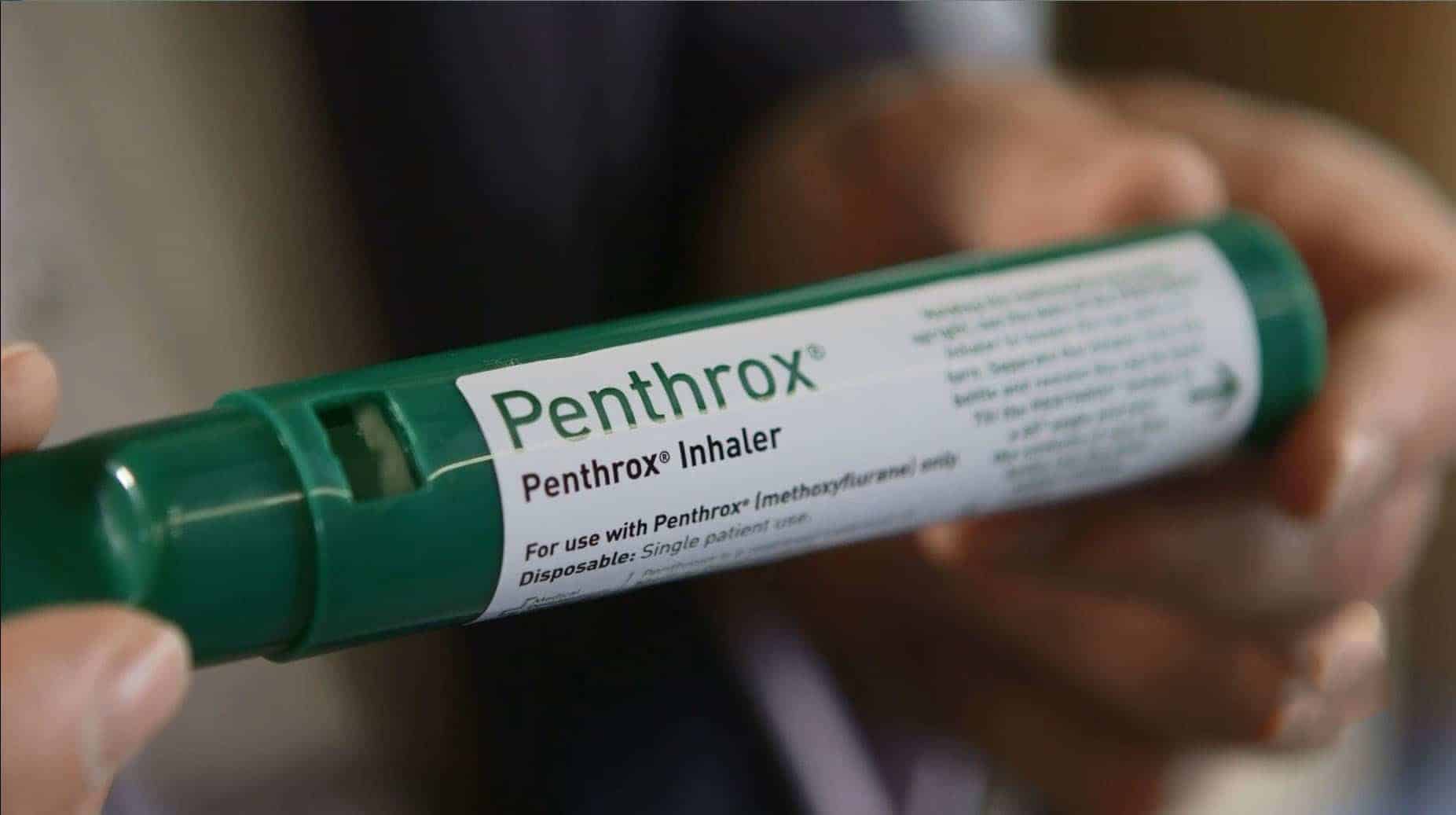
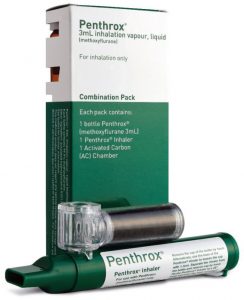
Pre-hospital provision of pain relief has been recognised as a key area of contemporary ambulance practice. With this in mind, clinicians should be able to accurately recognise, assess and treat patients’ pain according to individual needs. Currently QAS uses numerical scales or standardised visual tools to gauge severity of patient symptoms. Clinicians should be able to assess a patient using these tools in accordance with physiological symptoms and vital signs.
Adequate analgesia does not necessarily mandate that a patient be pain free. This goal, in certain instances in unattainable in the pre-hospital environment and high-dose analgesia may produce undesirable side effects. The clinician is expected to perform frequent pain assessments during the patients’ time in care, especially after the administration of analgesic medications.

PQRST Pain Assessment Method
Since pain is subjective, self-reporting through patient assessment is considered the Gold Standard and most accurate measure of pain. This PQRST method of assessing pain is one common pre-hospital tool to assess pain prior to and subsequent to any treatment. The following is a standard type of patient assessment of pain used in pre-hospital care.
P = Provocation/Palliation
What were you doing when the pain started?
What caused it? What makes it better or worse?
Does anything make it better or worse?
Q = Quality/Quantity
What does it feel like? (Use words to describe the pain such as sharp, dull, stabbing, burning, crushing, throbbing, etc
R = Region/Radiation
Where is the pain located and does it radiate anywhere?
Does it feel like it travels/moves around?
Where did it start?
S = Severity Scale
How severe is the pain on a scale of 0 to 10, with zero being no pain and 10 being the worst pain ever?
Does it interfere with activities?
How bad is it at its worst?
Does it force you to sit down, lie down, slow down?
Did it wake you from sleep?
T = Timing
When/at what time did the pain start?
How long did it last?
Is it sudden or gradual?
What were you doing when you first experienced it?
Is it accompanied by other signs and symptoms?
Does it ever occur before, during or after meals?

While non-pharmacological means of pain management may not be available or feasible in a non -hospital environment. Measures such as
Cooling of burns
Splinting of fractures
Heat Therapy in stone fish stings
and of course reassurance may be effective in specific cases. An inhalation anaesthetic (methoxyflurane) may be very useful.
Ongoing or Chronic pain will require a different clinical approach to the acute pain most commonly dealt with by medics.

